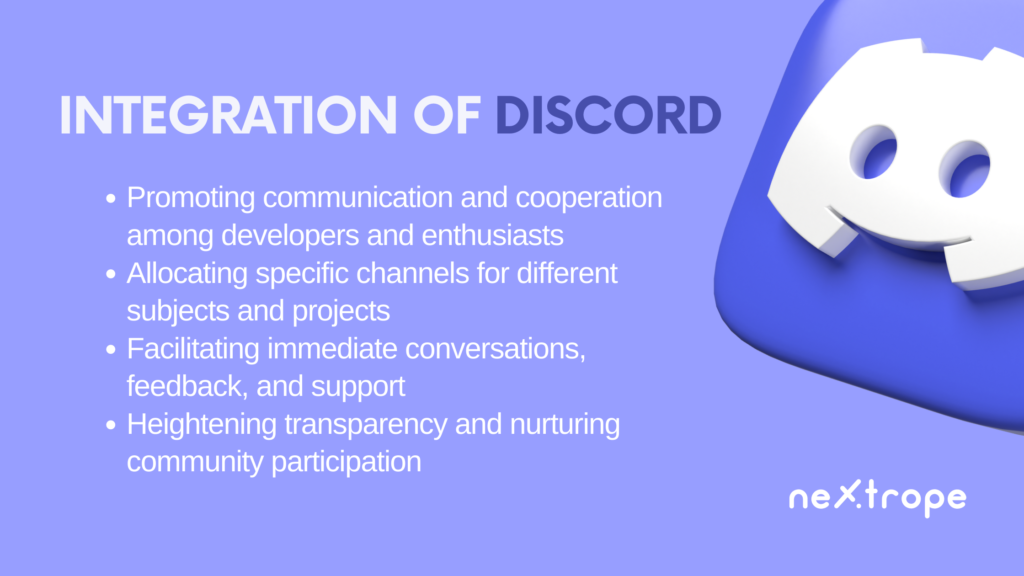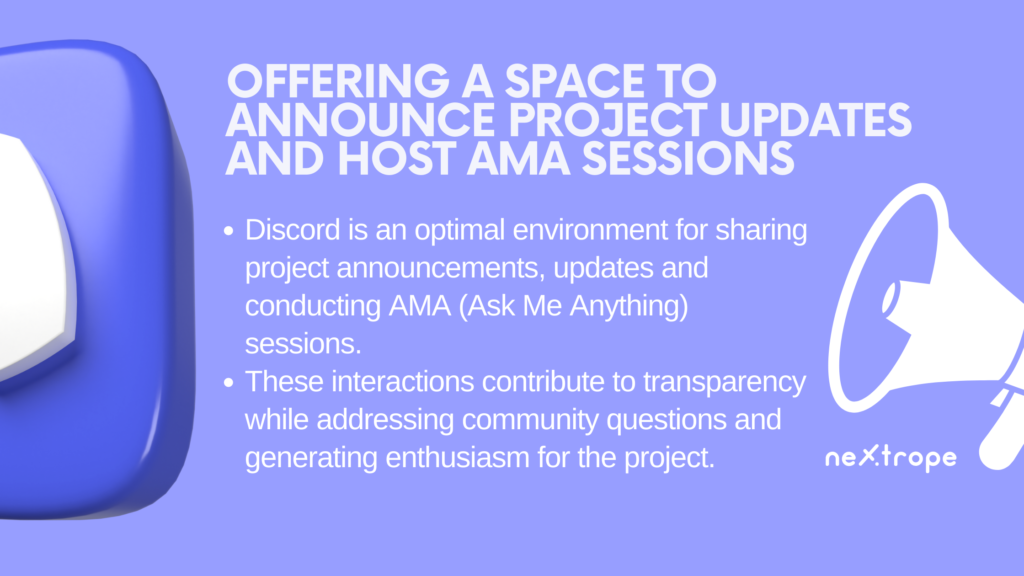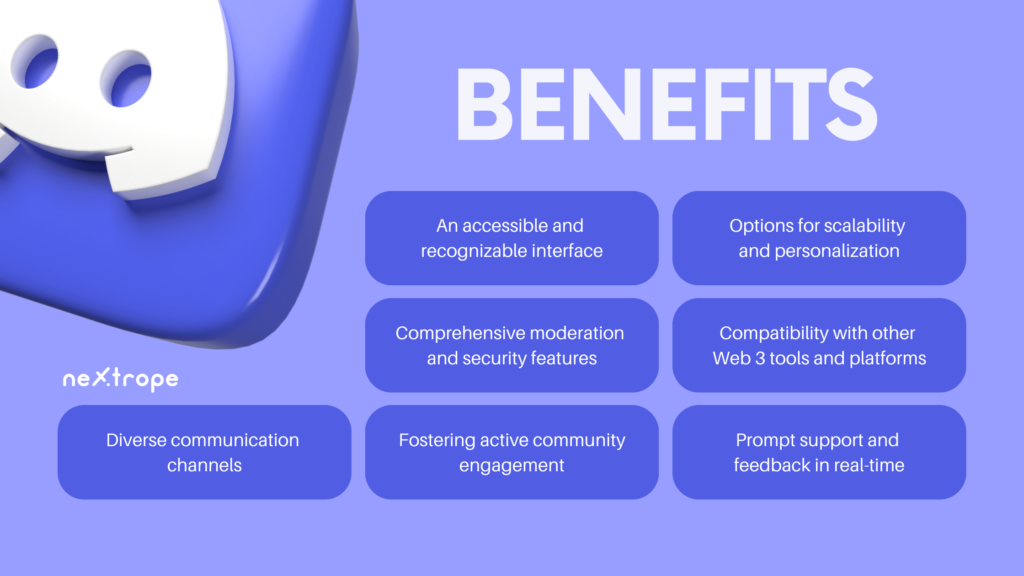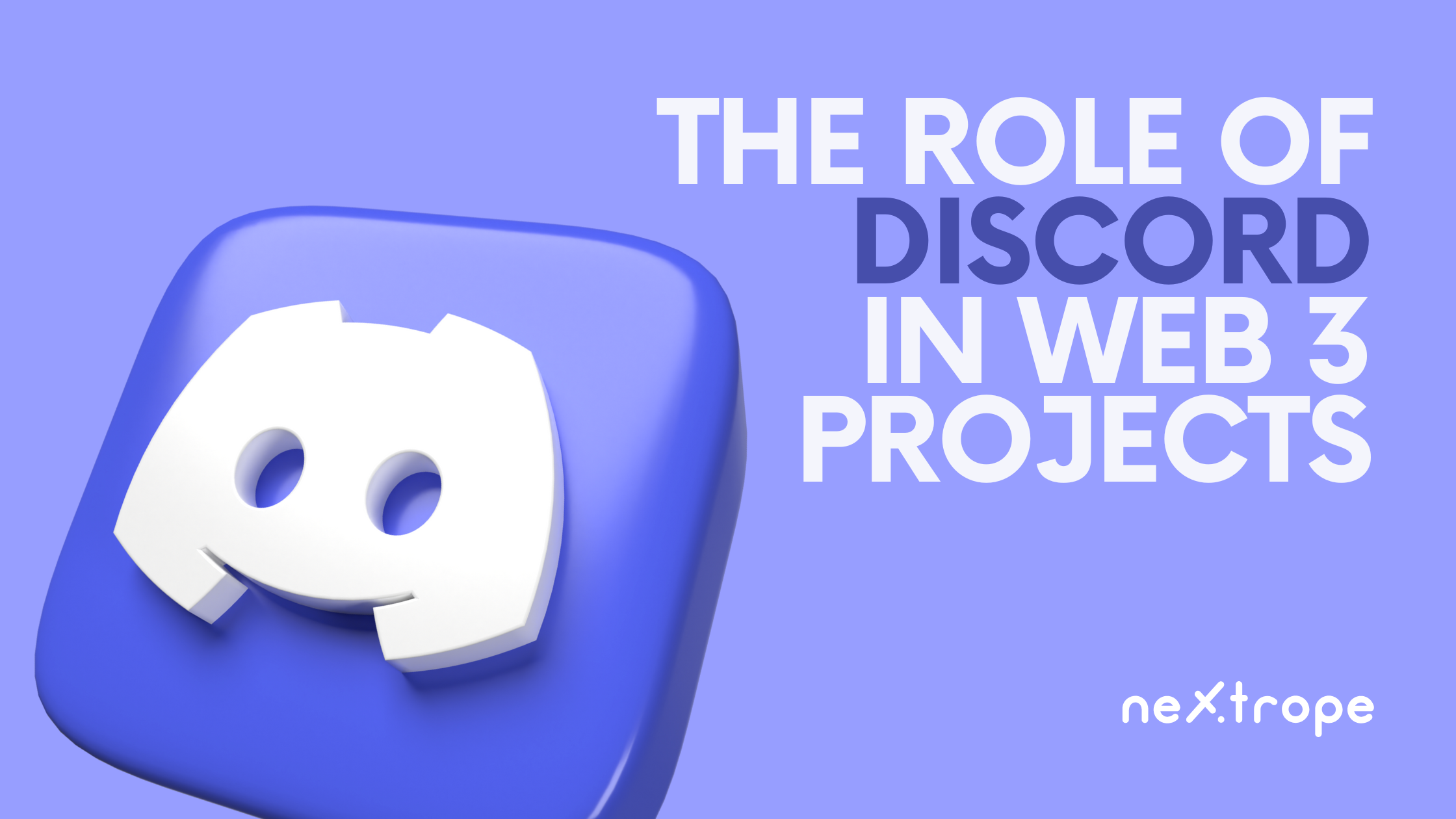The landscape of Web 3 projects is rapidly evolving, and effective communication and collaboration are essential for fostering innovation and success. With the growing prominence of blockchain, AI, and cryptocurrencies, the importance of communication platforms cannot be understated. Discord, one such platform, has become vital in facilitating interactions within Web 3 communities.
In this article, we examine the increasingly expanding role of Discord in Web 3 projects by exploring its integration with blockchain-based communities, its contributions to AI-focused initiatives, and its influence on cryptocurrency-related projects. By understanding the benefits and successful applications of Discord in Web 3 environments, we can recognize its importance in driving communication, fostering community growth, and facilitating collaboration within this groundbreaking ecosystem.
Understanding the Significance of Discord for Web 3 Projects
As a crucial communication platform within Web 3 projects, Discord has emerged, acting as a hub for developers, enthusiasts, and communities to collaborate and push the boundaries of innovation. We’ll delve into the various aspects of Discord’s involvement in Web 3 projects and its contribution to their success.
Integration of Discord in blockchain-based communities

- Promoting communication and cooperation among developers and enthusiasts:
- Discord presents a centralized location where developers, enthusiasts, and project contributors can interact and participate in real-time conversations.
- The platform enables the exchange of ideas, soliciting feedback, and fostering relationships within the community.
- Allocating specific channels for different subjects and projects:
- Dedicated channels for particular topics, projects, or working groups can be established within Discord.
- These channels facilitate concentrated discussions and collaboration, ensuring effective communication among community members.
- Facilitating immediate conversations, feedback, and support:
- Chat and voice functionalities within Discord provide real-time communication options, leading to instant feedback, problem-solving, and assistance.
- Developers have the opportunity to seek advice, share segments of code, and team up on technical project components.
- Heightening transparency and nurturing community participation:
- By offering a platform for project updates, announcements, and discussions, Discord advocates for transparency.
- Community involvement is encouraged through regular interactions, Q&A sessions, and feedback loops which create feelings of ownership and participation.
Employing Discord for AI-related endeavors in Web 3 Projects
Utilizing AI bots for content moderation and curation:
- Discord allows AI bot integration which can automate moderation responsibilities, filter out spam, and maintain adherence to community rules.
- These bots also aid in content organization, regulating discussions, and supplying pertinent information to community members.
READ this article about 25 useful discord bots
Exploiting AI-driven analytics for monitoring user behavior and engagement:
- AI-powered analytics tool integration with Discord makes it possible for project teams to observe user behavior, engagement levels, and participation patterns.
- These insights facilitate strategy adjustments, pinpointing improvement areas and customizing communication to suit community requirements.
Discord’s involvement in cryptocurrency-based Web 3 Projects
- Integrating Discord with crypto wallets for smooth transactions:
- Users can execute transactions and manage digital assets within Discord by integrating the platform with crypto wallets.
- This integration simplifies the processes of purchasing, selling, and transferring cryptocurrencies, thus enhancing user experience.
- Organizing community-centered token sales and initial coin offerings (ICOs):
- Through Discord, project teams can orchestrate token sales and ICOs directly engaging with investors and community members.
- This enables immediate discussions, explanations, and support throughout the fundraising process.
3. Offering a space to announce project updates and host AMA sessions:
- Discord is an optimal environment for sharing project announcements, updates and conducting AMA (Ask Me Anything) sessions.
- These interactions contribute to transparency while addressing community questions and generating enthusiasm for the project.

4. Supporting decentralized governance discourse and voting mechanisms:
- Decentralized governance discussions among Web 3 projects can take place within Discord.
- Community members can participate in voting procedures, allowing them a voice in project choices and fostering a democratic atmosphere.
By adopting Discord as a communication platform, Web 3 projects can utilize its features to promote cooperation, boost community involvement, and ensure their initiatives’ success.
Discord’s Benefits in Web 3 Projects
Discord offers numerous benefits for Web 3 projects, making it a perfect communication tool for developers, enthusiasts, and community members. Here, we’ll discuss the main advantages of utilizing Discord for Web 3 projects:

An accessible and recognizable interface
1. An intuitive and user-friendly interface is provided by Discord, which appeals to various users such as gamers, developers, and cryptocurrency enthusiasts.
2. The platform’s simplicity reduces the learning curve and facilitates the smooth integration of new community members, ensuring wide adoption and involvement.
Options for scalability and personalization
1. Discord has been designed for large community management, providing scalability for growing user bases within Web 3 projects.
2. It enables personalization through roles, permissions, and channel organization, offering flexibility to customize the platform based on project necessities.
Compatibility with other Web 3 tools and platforms
1. Integrating seamlessly with other Web 3 tools and platforms is possible with Discord, improving overall functionality within the ecosystem.
2. Crypto wallets, analytics tools, and project management platforms can be integrated, creating a cohesive experience for community members.
Fostering active community engagement
1. Discord supports lively and involved communities by creating an environment conducive to open discussions, information sharing, and networking possibilities.
Prompt support and feedback in real-time
1. Real-time communication via Discord enables the swift provision of support and feedback within Web 3 projects.
Conclusion
Discord’s appealing features in areas such as user accessibility, scalability, adaptability, moderation, integration capabilities, and community involvement make it an indispensable resource for Web 3 projects seeking effective communication and collaboration within their ecosystems.
Nextrope Tokenization Launchpad Platform
Nextrope Launchpad Platform is a White Label solution in a Software-as-a-Service model that helps you launch your project within a month and fundraise with Initial Coin Offering (ICO) or Security Token Offering (STO).

Our platform allows you to participate in the broad financial market of digital assets. Expand your reach and find investors globally. Tokenize your project and start raising capital within a month!



